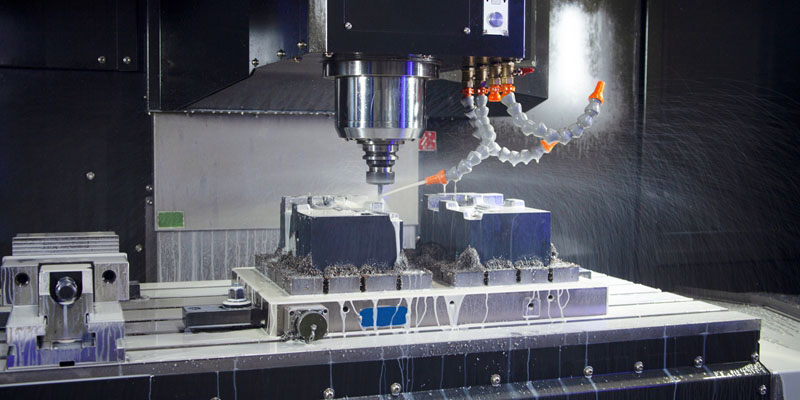CNC (Computer Numerical Control) machining has revolutionized the manufacturing industry, enabling precise and efficient production of complex parts and components. Central to the success of CNC machining are the techniques and tooling used in the process. In this article, we will explore the various CNC machining techniques and delve into the essential tooling required for optimal performance.
One of the primary CNC machining techniques is milling. Milling involves the use of rotating cutting tools to remove material from a workpiece to create the desired shape or feature. This technique allows for the production of intricate geometries, such as slots, holes, and contours. The milling process can be further categorized into different methods, including face milling, end milling, and peripheral milling, each suited for specific machining requirements.
Another widely used CNC machining technique is turning. Turning utilizes a rotating workpiece while a cutting tool removes material to create cylindrical shapes, such as shafts, rods, and rings. This technique is highly efficient for producing symmetrical parts and achieving tight tolerances. Within turning, variations such as facing, boring, and threading can be employed to achieve specific design specifications.
Drilling is another essential technique in CNC machining. It involves creating round holes in the workpiece using specialized cutting tools. Drilling can be performed with different tool types, including twist drills, gun drills, and center drills. The ability to accurately drill holes with various diameters and depths is critical in many industries, such as aerospace, automotive, and electronics.
To ensure precise and efficient machining, the choice of tooling is crucial. Cutting tools used in CNC machining include end mills, drills, inserts, and taps, among others. These tools come in various shapes, sizes, and materials, allowing for versatility and customization based on the specific machining requirements. High-speed steel (HSS), carbide, and ceramic are commonly used tool materials, each offering unique properties in terms of hardness, heat resistance, and durability.

Tool holders, collets, and chucks are vital components of CNC machining tooling. These devices securely hold the cutting tools and ensure proper alignment and stability during the machining process. Tool holders come in different configurations, including collet chucks, hydraulic chucks, and heat shrink tool holders, providing flexibility in tool changes and optimization for specific machining operations.
In addition to the machining techniques and tooling, CNC machining also relies heavily on software and programming. Computer-aided design (CAD) software is used to create 3D models of the desired parts, while computer-aided manufacturing (CAM) software generates the tool paths and instructions necessary for the CNC machine to execute the machining operations accurately.
Understanding CNC machining techniques and tooling is crucial for manufacturers aiming to achieve optimal results in terms of precision, efficiency, and cost-effectiveness. By selecting the appropriate techniques and tooling, manufacturers can unlock the full potential of CNC machining, producing high-quality components that meet the most demanding specifications.
In conclusion, CNC machining techniques such as milling, turning, and drilling, combined with the right tooling, form the backbone of precision manufacturing. The ability to choose the appropriate techniques and tooling based on specific requirements ensures accurate and efficient production. As technology continues to advance, the evolution of CNC machining techniques and tooling will pave the way for even more innovative and intricate manufacturing processes.


